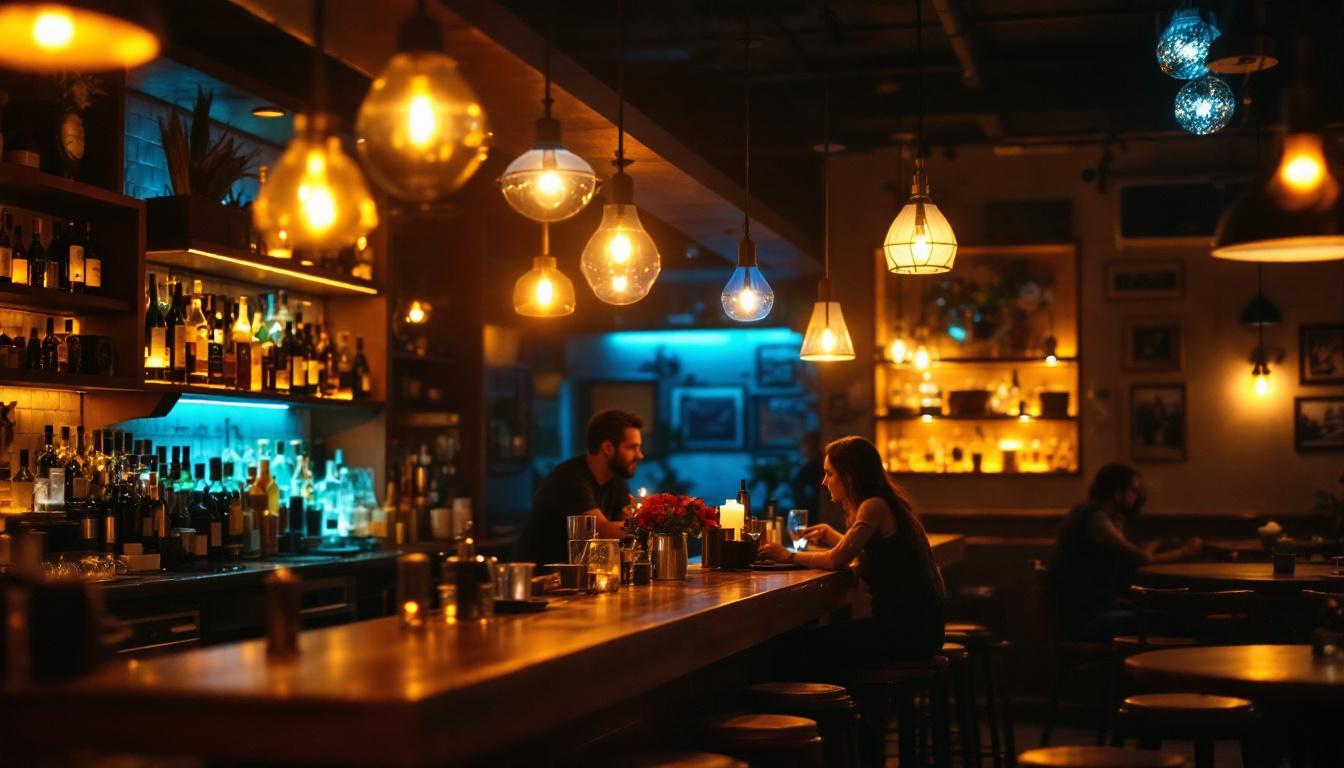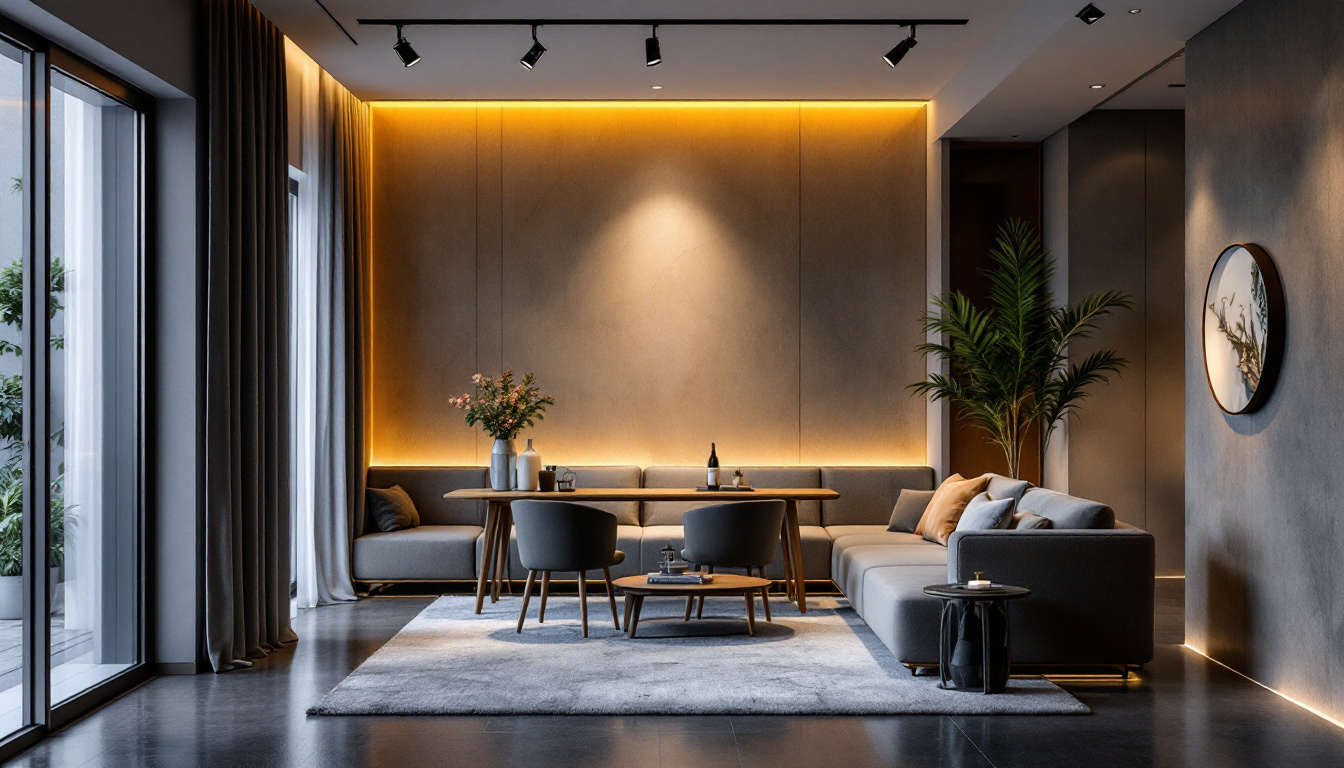
Lighting projects can be intricate and multifaceted, often requiring a careful balance of aesthetics, functionality, and efficiency. For lighting contractors, the stakes are high; a single misstep can lead to significant financial repercussions, not to mention the impact on client satisfaction. This article delves into common pitfalls in lighting projects and offers practical strategies to avoid them, ensuring successful outcomes for both contractors and clients.
One of the primary reasons lighting projects go awry is a lack of clarity regarding the project scope. It is essential to establish a comprehensive understanding of the client’s needs and expectations from the outset. This initial phase sets the tone for the entire project, ensuring that both the client and the design team are aligned in their vision. Miscommunication or assumptions made during this stage can lead to costly revisions and delays, making it imperative to invest time in this foundational step.
Before any design work begins, it is crucial to define the objectives of the lighting project. What is the primary purpose of the lighting? Is it for ambiance, functionality, or both? Engaging in thorough discussions with clients can yield insights that guide the entire project. Documenting these objectives can serve as a reference point throughout the project, helping to prevent scope creep. Additionally, understanding the emotional and psychological impact of lighting can help in crafting an environment that resonates with the intended audience. For example, soft, warm lighting may be ideal for a cozy restaurant, while bright, cool lighting might be more suitable for a modern office space.
Conducting a thorough site assessment is another critical step. This involves evaluating the physical space, existing infrastructure, and potential challenges. Take into account factors such as natural light sources, ceiling heights, and the intended use of the space. A well-executed site assessment can help identify potential issues early on, allowing for proactive solutions. Furthermore, it is beneficial to consider the architectural features of the space, as these can greatly influence lighting choices. For instance, highlighting unique structural elements with focused lighting can enhance the overall aesthetic and create focal points that draw the eye. Additionally, understanding the electrical layout and existing fixtures can inform decisions about energy efficiency and sustainability, which are increasingly important in modern design practices.
The selection of lighting solutions can significantly impact the success of a project. Choosing the wrong type of lighting can lead to inefficiencies, dissatisfaction, and increased costs. A well-thought-out lighting plan can enhance the functionality of a space while also elevating its aesthetic appeal, making it a crucial aspect of design that should not be overlooked.
Familiarity with various lighting types—such as ambient, task, and accent lighting—is essential. Each type serves a different purpose and can dramatically alter the atmosphere of a space. For instance, ambient lighting provides overall illumination, while task lighting focuses on specific areas to enhance functionality. Understanding these distinctions allows contractors to recommend the most suitable options for their clients. Additionally, the interplay between these lighting types can create a layered effect, enriching the visual experience. By combining ambient, task, and accent lighting, designers can craft spaces that are not only functional but also inviting and dynamic, catering to the needs and preferences of their clients.
In today’s environmentally conscious market, energy efficiency is more important than ever. Selecting energy-efficient lighting solutions, such as LED fixtures, not only reduces operational costs but also appeals to clients looking to minimize their carbon footprint. Providing clients with information about energy savings and potential rebates can further enhance the attractiveness of energy-efficient options. Furthermore, incorporating smart lighting technologies can elevate energy efficiency to new heights. These systems allow for automated control of lighting based on occupancy or natural light availability, ensuring that energy is used only when necessary. This not only maximizes savings but also contributes to a sustainable approach to design, aligning with the growing demand for eco-friendly solutions in both residential and commercial projects.
Aesthetics play a crucial role in lighting design. The visual appeal of a lighting project can significantly influence client satisfaction and project success. Thoughtfully designed lighting can transform a space, creating an ambiance that reflects the personality and preferences of the client while enhancing the architectural features of the environment.
Engaging clients in the design process fosters a sense of ownership and ensures their vision is realized. Utilizing design software can help visualize the lighting layout and allow clients to see the potential outcomes before installation. This collaborative approach can lead to more refined designs and minimize the likelihood of costly revisions later in the project. Furthermore, involving clients early on can spark creative discussions that inspire innovative solutions, resulting in a design that not only meets their needs but also exceeds their expectations. Workshops or brainstorming sessions can be particularly effective in gathering diverse ideas and preferences, ensuring that every detail aligns with the client’s vision.
The choice of materials can also impact both the aesthetics and functionality of a lighting project. High-quality materials not only enhance the visual appeal but also contribute to the longevity of the installation. It is advisable to consider the maintenance requirements of different materials, as this can affect the long-term satisfaction of the client. For instance, materials like brass or stainless steel may require less upkeep compared to others, making them ideal for high-traffic areas. Additionally, the finish of the materials can alter the way light interacts with them, creating different moods and atmospheres. Exploring options such as frosted glass, polished metals, or textured surfaces can lead to unique lighting effects that elevate the overall design and create a memorable experience for users.
Effective budget management is vital in avoiding costly mistakes in lighting projects. A well-planned budget helps ensure that all aspects of the project are adequately funded and that there are no unpleasant surprises along the way.
Providing clients with detailed cost estimates can help set realistic expectations. Break down costs into categories, such as materials, labor, and overhead, to give clients a clear understanding of where their money is going. This transparency can build trust and facilitate smoother project execution.
Even with meticulous planning, unexpected expenses can arise. Allocating a contingency fund within the budget can help mitigate the impact of unforeseen issues. A common practice is to set aside a percentage of the total budget for contingencies, providing a financial cushion that can be invaluable if challenges arise.
Communication is a cornerstone of successful project management. Ensuring that all stakeholders are on the same page can prevent misunderstandings and keep the project on track.
Providing regular updates to clients and team members can help maintain transparency and foster collaboration. Schedule consistent check-ins to discuss progress, address concerns, and make necessary adjustments. This proactive approach can help identify potential issues before they escalate into significant problems.
Throughout the project, changes may be necessary due to evolving client needs or unforeseen circumstances. Documenting these changes is crucial for maintaining clarity. A change log can help track modifications, ensuring that everyone involved is aware of the current project status and any implications for budget or timeline.
The installation phase is where the planning and design come to fruition. Adhering to best practices during installation can help avoid mistakes that may compromise the project.
Each lighting fixture comes with specific manufacturer guidelines that should be followed closely. Proper installation not only ensures optimal performance but also protects the warranty. Familiarizing the installation team with these guidelines can prevent costly errors and rework.
Implementing quality control checks throughout the installation process is essential. Regular inspections can help identify issues early, allowing for timely corrections. This proactive approach can save both time and money, ensuring that the project meets the highest standards.
Once the installation is complete, providing post-installation support can enhance client satisfaction and establish a lasting relationship.
Offering training sessions for clients on how to operate and maintain their new lighting system can empower them and reduce the likelihood of operational issues. Providing detailed manuals or guides can also serve as a valuable resource for clients in the long run.
Soliciting feedback after project completion can provide valuable insights into the client’s experience. This feedback can highlight areas for improvement and help refine future projects. Additionally, following up with clients can demonstrate commitment to their satisfaction, fostering a positive relationship that may lead to repeat business or referrals.
The lighting industry is constantly evolving, with new technologies and trends emerging regularly. Staying informed about these developments can help contractors remain competitive and avoid outdated practices.
Participating in workshops, webinars, and industry conferences can provide valuable knowledge and insights. Engaging with peers and industry experts can also foster collaboration and innovation, leading to improved project outcomes.
Embracing new technologies, such as smart lighting systems, can enhance project offerings and appeal to tech-savvy clients. Understanding the benefits and applications of these technologies can position contractors as leaders in the field, ultimately driving business growth.
Avoiding costly mistakes in lighting projects requires a combination of thorough planning, effective communication, and a commitment to quality. By understanding the project scope, selecting the right lighting solutions, managing budgets effectively, and providing exceptional post-installation support, lighting contractors can ensure successful outcomes for their projects.
Furthermore, staying updated with industry trends and embracing new technologies will not only enhance project offerings but also solidify a contractor’s reputation as a trusted expert in the field. By implementing these strategies, contractors can navigate the complexities of lighting projects with confidence, ultimately leading to satisfied clients and a thriving business.
Ready to elevate your lighting projects and avoid costly mistakes? Choose LumenWholesale for your lighting needs and benefit from our spec-grade lighting products at unbeatable wholesale prices. With our direct-to-contractor approach, you get superior lighting without the inflated markups, ensuring your projects shine with reliability and high performance. Plus, enjoy the convenience of bulk buying with free shipping, providing you with the best value for your investment. Don’t compromise on quality or affordability. Visit Wholesale Lighting at the Best Value and make LumenWholesale your trusted partner for exceptional lighting solutions.

Discover the key insights lighting contractors need to meet client expectations for bar lighting.

Discover how Light Fixtures USA is revolutionizing the lighting industry by enhancing efficiency for contractors.

Discover the transformative power of low profile track lighting with expert insights from seasoned lighting contractors.

Discover how outdoor lamp lights are revolutionizing the efficiency of lighting contractors.